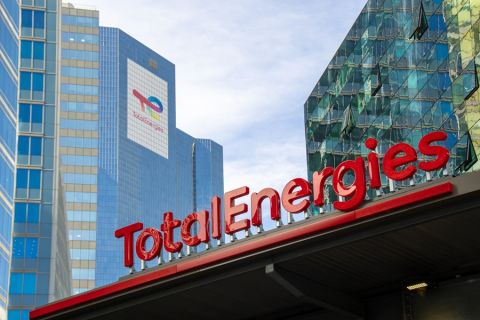
Congress gave the current administration permission to update methane emissions rules as part of the Inflation Reduction Act passed in 2022. (Source: Shutterstock)
The November presidential election will affect environmental rules, but a specialist in federal law says energy business leaders should keep something in mind; regulations rarely fade away.
“Frankly, over time, regardless of who is in office, environmental regulations just tend to become more stringent,” said James Dolphin, a partner at Kirkland & Ellis LLP in the firm’s Environmental Transactions Practice Group. “What that means is really articulating a clear plan with respect to satisfying your regulatory obligations and thinking through obligations relating to methane emissions and other areas of regulatory concern.
“Because your capital, your investors are going to be focused on this when they are evaluating … commitments to your business or evaluating transactions. It will be a focus.”
Dolphin appeared at the Hart Energy SUPER DUG Conference & Expo to discuss federal regulations and the energy industry, particularly new methane requirements introduced in December 2023. The regulations are scheduled to be phased in over a two-year period.
The best route for E&Ps and midstream companies to take is to prepare for the new regulations, Dolphin said, though he added that the results of the next election or a lawsuit could have a dramatic effect on the way the rules are first implemented, and that legal actions are still in play.
The new rules require energy companies to update their infrastructures to prevent leaks, with a fine scheduled at $900 per metric ton per methane leak in 2024. The law also requires frequent monitoring by independent third parties for emissions. Twenty-four state attorney generals filed a lawsuit against the rules, saying the Environmental Protection Agency (EPA) has overstepped its jurisdiction.
Congress gave the current administration permission to update methane emissions rules as part of the Inflation Reduction Act passed in 2022. If President Joe Biden is re-elected, energy companies can expect a strict interpretation of the rules and more regulations aimed more broadly at the oil and gas industry as a whole.
If Donald Trump is returned to office, “You can expect his administration will try to pull back or repeal rules where they’re able to do that or will reduce enforcement of existing rules where they have the discretion to do so,” Dolphin said.
For now, the courts are the venue for fighting back. The 24 states seeking to stop the new regulations from being implemented filed a lawsuit against the EPA in March.
While not predicting the ultimate outcome of the court action, Dolphin said one recent ruling shed some light on how the Supreme Court would respond if the case makes it that far.
“There is some precedent from the power generation sector for the Supreme Court stepping in and invalidating rules that it views as causing or resulting in a forced shift to different types of renewable resources,” he said.
Dolphin cited the court’s 2022 decision to strike down the Clean Power Plan implemented by the Obama Administration in 2015. The court ruled that the EPA did not have the authority to force power utilities to change electrical production methods to reduce greenhouse gases.
“These methane rules are issued under similar provisions of the Clean Air Act, and that may be something that the Supreme Court takes into account if this litigation makes it up there,” Dolphin said.
Regardless of the outcome of the legal case or the elections, the petroleum industry does have current electrical demand trends on its side, Dolphin said, thanks to the rapidly growing U.S. industrial and technology sectors.
“The demand is there and will continue to be there,” he said. “And the reality is that emerging energy technologies are not in a position to meet that demand at this point.”
Recommended Reading
Mitsubishi Makes Investment in MidOcean Energy LNG
2024-04-02 - MidOcean said Mitsubishi’s investment will help push a competitive long-term LNG growth platform for the company.
1Q24 Dividends Declared in the Week of April 29
2024-05-03 - With earnings season in full swing, upstream and midstream companies are declaring quarterly dividends. Here is a selection of dividends announced in the past week.
MidOcean Appoints Lumens to CFO
2024-05-14 - Armand Lumens most recently served as the group CFO of Neptune Energy, where he helped develop the company’s financial and IT strategies.
TotalEnergies Eyes Suriname FID by Year-end 2024
2024-04-29 - France’s TotalEnergies and U.S. partner APA Corp. look to place their long lead orders ahead of a final investment decision related to their joint development offshore Suriname in Block 58.
Tellurian Reports Driftwood LNG Progress Amid Low NatGas Production
2024-05-02 - Tellurian’s Driftwood LNG received an extension through 2029 with authorization from the Federal Energy Regulatory Commission and the U.S. Army Corps of Engineers.





